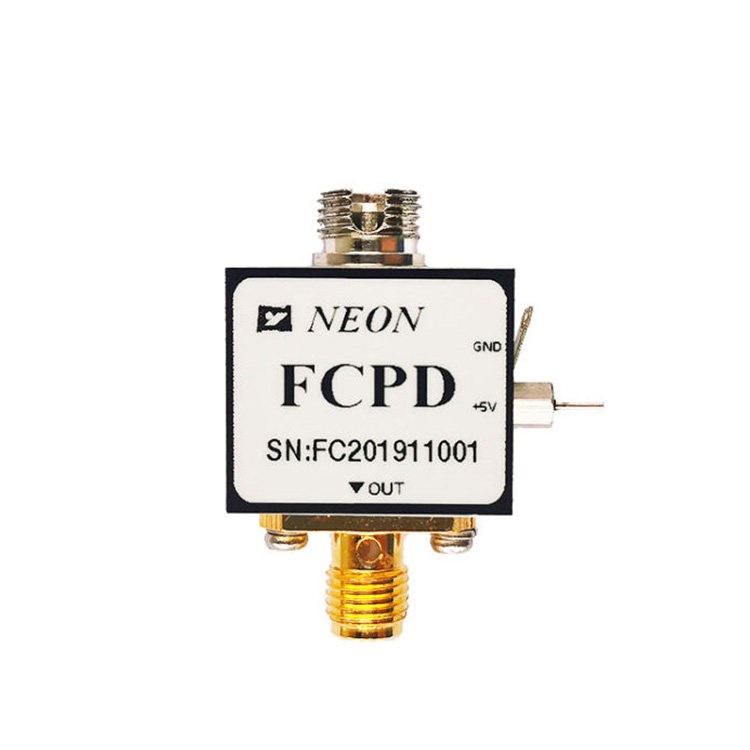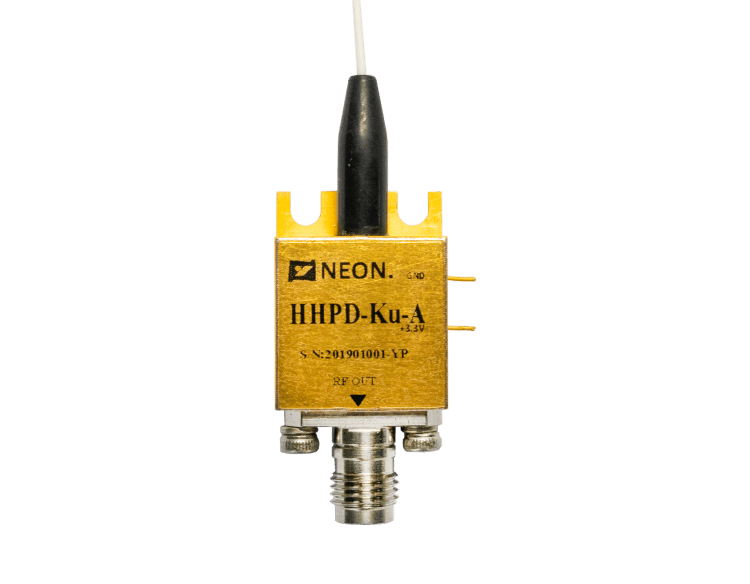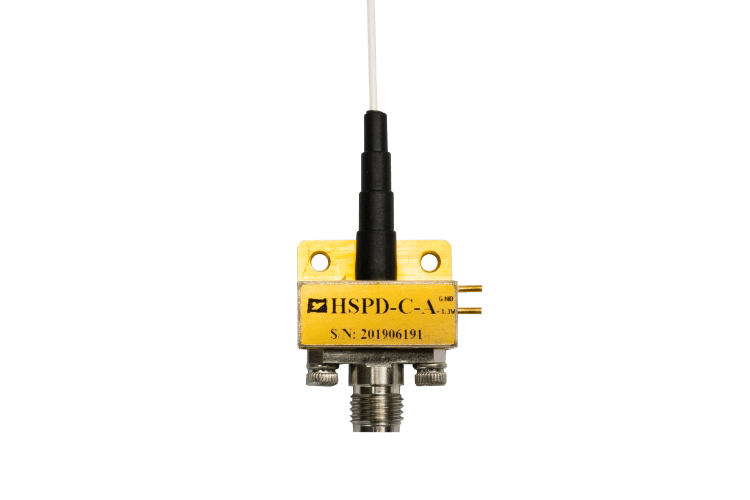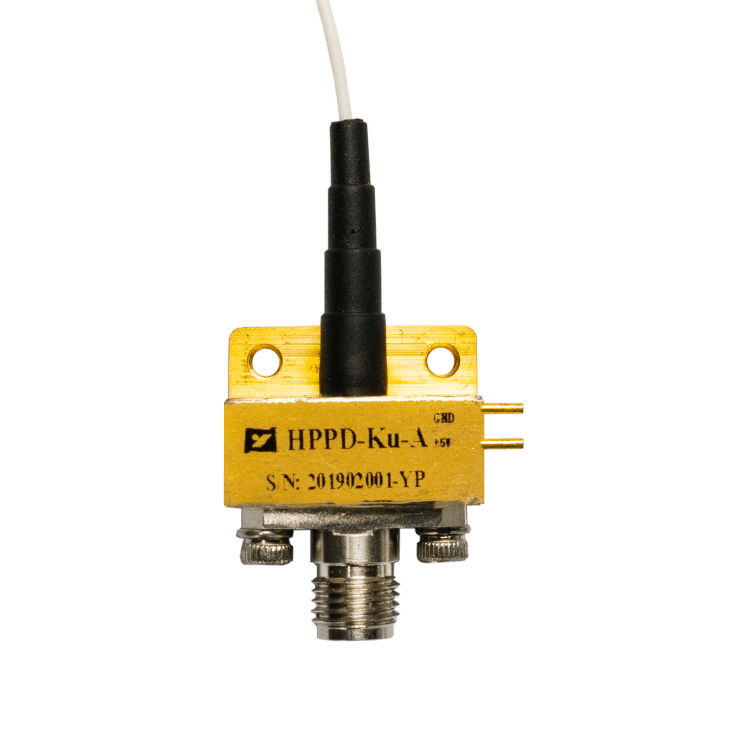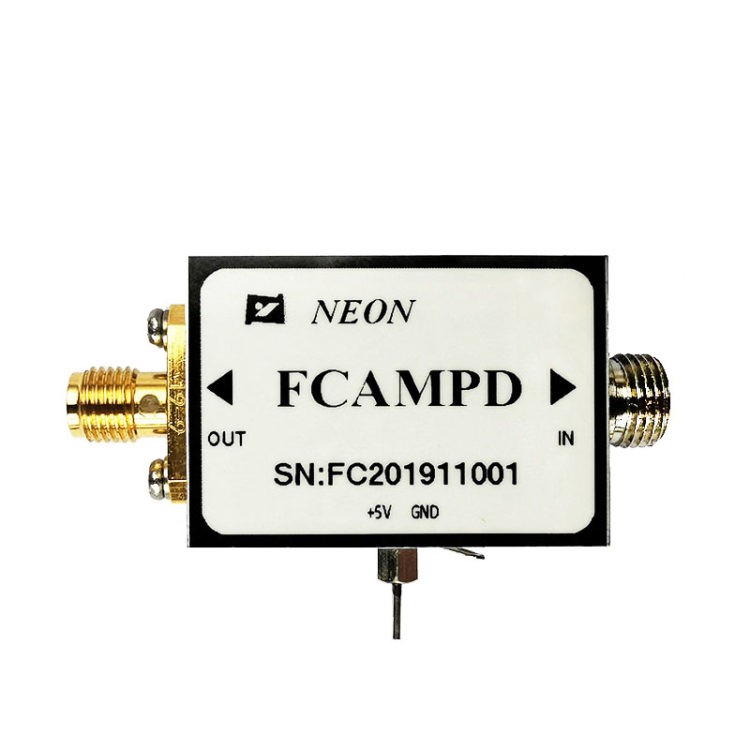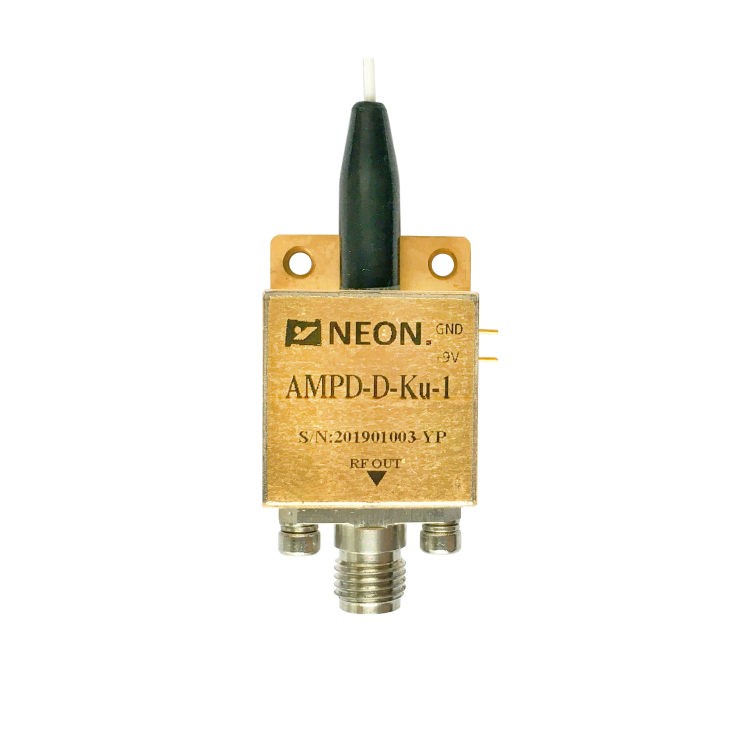Comparative Analysis of Photodetector Arrays and Photodiode Arrays
Photoelectric detection technology is indispensable in modern science and technology, playing a vital role in information technology, medicine, industry, and military applications. Photodetectors convert light signals into electrical signals, enabling the sensing and processing of optical information. Among the various photoelectric detection devices, photodiode arrays and photodetector arrays are two prevalent forms. This article aims to provide a comparative analysis of their composition, characteristics, applications, and differences, facilitating a deeper understanding and effective utilization of these technologies.
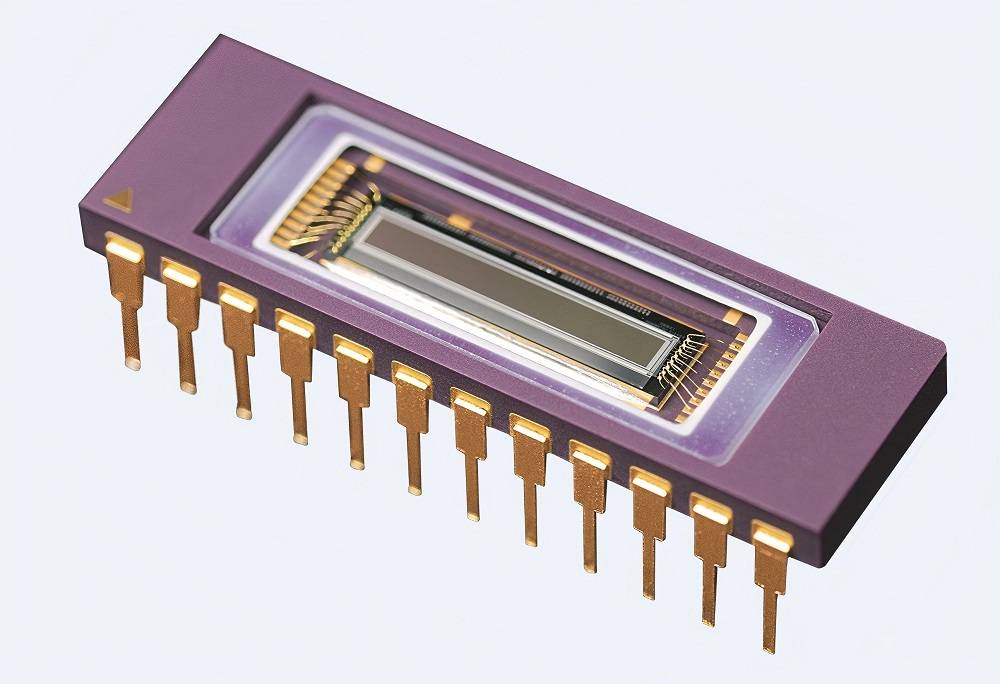
What are Photodiode Arrays?
1. Fundamental Principles of Photodiodes
Photodiodes are semiconductor devices that operate based on the photoelectric effect. When photons illuminate a semiconductor material, sufficient energy can excite electrons, generating electron-hole pairs. Under an applied electric field, these electrons and holes move in opposite directions, creating a current. A photodiode’s structure typically includes P-type and N-type semiconductors, along with a depletion region. The depletion region is where free charge carriers are absent in the P-N junction. When light strikes this region, the generated electron-hole pairs are separated by the electric field, producing a current.
2. Composition and Characteristics of Photodiode Arrays
A photodiode array is constructed by meticulously arranging numerous individual photodiodes into a precise, often linear or two-dimensional, configuration. This arrangement allows for the simultaneous detection of light intensity across multiple points or regions. The simplicity of their structure stems from the direct integration of these photodiodes onto a common substrate, often a silicon wafer, with minimal additional circuitry. Each photodiode within the array functions independently, converting incident light into a corresponding electrical signal. This signal, typically a current or voltage, is directly proportional to the intensity of the light striking the photodiode’s active area.
Key characteristics that define photodiode arrays include:
- High Sensitivity to Light Intensity Variations: The photodiodes within the array are designed to exhibit a rapid and linear response to changes in light intensity. This sensitivity is crucial for applications where precise and immediate detection of light fluctuations is essential, such as in optical communication or light-based sensing.
- Structural Simplicity and Integration Ease: The straightforward architecture of photodiode arrays facilitates their integration into various electronic systems. This simplicity translates to lower manufacturing costs and increased reliability. The ability to integrate these arrays directly onto silicon chips allows for compact and efficient designs.
- Cost-Effectiveness for Large-Scale Applications: Due to their relatively simple fabrication processes and the use of readily available semiconductor materials, photodiode arrays can be produced at a lower cost compared to more complex photodetectors. This cost-effectiveness makes them ideal for applications requiring a large number of sensors, such as in consumer electronics or industrial automation.
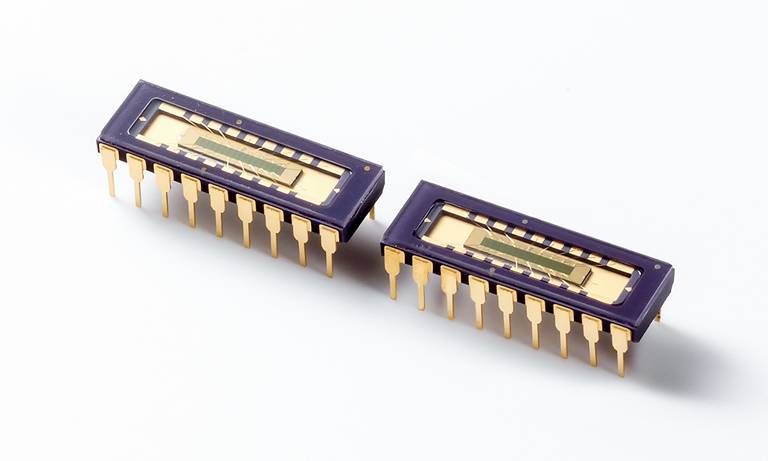
3. Applications of Photodiode Arrays (Expanded Descriptions)
Photodiode arrays have found their niche in a wide array of applications, each leveraging their unique characteristics:
- Optical Disc Players (CD/DVD/Blu-ray): In optical disc drives, photodiode arrays are employed to precisely read data encoded as variations in reflectivity on the disc’s surface. The array detects the reflected laser light, converting it into electrical signals that are then processed to reconstruct the digital data. The precise arrangement of the photodiodes allows for accurate tracking of the laser beam and reliable data retrieval.
- Smoke Detectors: Photodiode arrays play a critical role in optical smoke detectors. These devices use the array to monitor the scattering of light within a chamber. When smoke particles enter the chamber, they scatter the light, causing a change in the light intensity detected by the photodiode array. This change triggers an alarm, providing early warning of a fire. The array’s sensitivity allows for the detection of even small amounts of smoke.
- Infrared Remote Control Receivers: Infrared (IR) remote control systems rely on photodiode arrays to receive the modulated IR light signals transmitted by the remote control. The array detects these signals, converting them into electrical pulses that are then decoded by the device’s microcontroller. The array’s ability to selectively detect IR light allows for reliable communication between the remote control and the device.
- Simple Light Measurement Devices (Light Meters/Sensors): Photodiode arrays are fundamental to light measurement devices used in various applications, from photography to environmental monitoring. These devices utilize the array to accurately measure the intensity of ambient light. The array’s linear response to light intensity allows for precise and consistent measurements, essential for applications requiring accurate light level determination.
What are Photodetector Arrays?
1. Composition and Characteristics of Photodetector Arrays
A photodetector array represents a significant advancement over simple photodiode arrays, integrating not only a matrix of light-sensitive elements but also sophisticated signal processing circuitry directly onto the same chip. This integration allows for real-time image capture and analysis, enabling applications that demand high data throughput and complex image manipulation. The core of a photodetector array is a dense arrangement of pixels, each containing a photodiode or other light-sensing element. These pixels are meticulously organized in a two-dimensional grid, allowing for the capture of detailed spatial information.
Key characteristics that define photodetector arrays include:
- High-Resolution Image Acquisition: Photodetector arrays excel at capturing images with exceptional detail and clarity. This capability is achieved through the high density of pixels, each capable of independently measuring light intensity. The resulting image is a precise representation of the light distribution across the sensor’s surface, essential for applications requiring accurate visual information.
- Complex Signal Processing: Integrated signal processing circuitry allows for on-chip image enhancement, noise reduction, and data compression. This processing can include operations like analog-to-digital conversion, gain adjustment, and color correction, enabling the array to deliver refined image data directly. The on-chip processing also reduces the burden on external processing units, leading to faster image capture and lower power consumption.
- Variety of Photoelectric Conversion Elements: Photodetector arrays can employ various light-sensing technologies, including Charge-Coupled Devices (CCDs) and Complementary Metal-Oxide-Semiconductor (CMOS) sensors. The choice of sensor type depends on the specific application requirements, such as sensitivity, speed, and power consumption. This versatility allows photodetector arrays to be tailored for a wide range of imaging and sensing tasks.
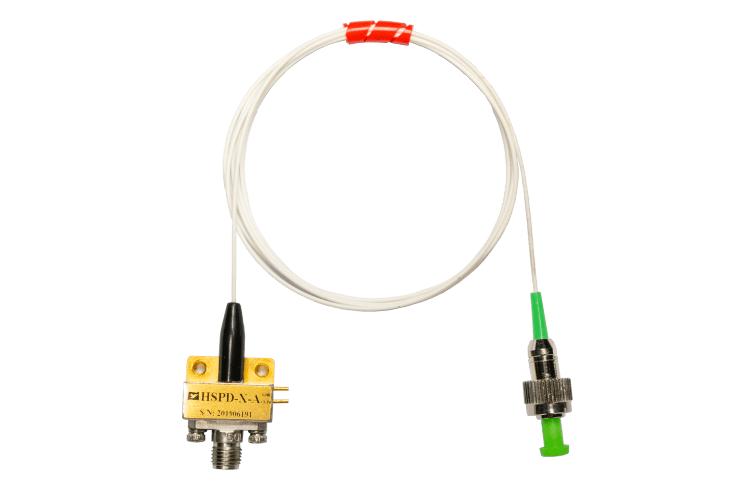
2. Key Components of Photodetector Arrays
The functionality of a photodetector array relies on the synergistic operation of several key components:
- Charge-Coupled Devices (CCDs): CCDs are highly sensitive image sensors that convert incident light into charge packets. These packets are then transferred across the sensor to an output amplifier, where they are converted into a voltage signal. CCDs are known for their high image quality and low noise, making them suitable for applications requiring exceptional image fidelity.
- Complementary Metal-Oxide-Semiconductor (CMOS) Sensors: CMOS sensors offer an alternative to CCDs, integrating amplification and analog-to-digital conversion circuitry directly within each pixel. This integration leads to lower power consumption and higher integration density, enabling the development of compact and efficient imaging systems. CMOS sensors are increasingly used in consumer electronics and mobile devices due to their versatility and cost-effectiveness.
- Signal Processing Circuits: These circuits are essential for transforming the raw electrical signals from the pixels into usable image data. They perform a range of operations, including amplification to boost weak signals, filtering to reduce noise, and analog-to-digital conversion to digitize the image data. Advanced signal processing can also include color processing, image sharpening, and other enhancement techniques, ensuring high-quality image output.
3. Applications of Photodetector Arrays
Photodetector arrays are indispensable in numerous fields, driving advancements in various technologies:
- Digital Cameras and Camcorders: Photodetector arrays are the heart of digital imaging devices, capturing still images and video sequences with high resolution and color fidelity. The array’s ability to capture rapid sequences of images enables the recording of smooth and detailed video. Advanced signal processing within the array enhances image quality, ensuring vibrant and lifelike visuals.
- Medical Imaging Equipment: In medical diagnostics, photodetector arrays are used in various imaging modalities, including X-ray imaging, endoscopy, and optical coherence tomography (OCT). These arrays enable the visualization of internal body structures and tissues, aiding in the detection and diagnosis of diseases. The high sensitivity and resolution of photodetector arrays are crucial for capturing subtle anatomical details.
- Industrial Inspection Systems: Photodetector arrays play a critical role in automated inspection systems, ensuring product quality and consistency. These arrays can detect defects, measure dimensions, and analyze surface characteristics, enabling real-time monitoring and control of manufacturing processes. Their high-speed imaging capabilities are essential for inspecting products on fast-moving production lines.
- Spectroscopic Analyzers: Photodetector arrays are used in spectroscopic instruments to analyze the spectral properties of substances. These arrays can measure the intensity of light across a range of wavelengths, providing information about the composition and properties of materials. Spectroscopic analysis is used in various fields, including chemistry, materials science, and environmental monitoring.
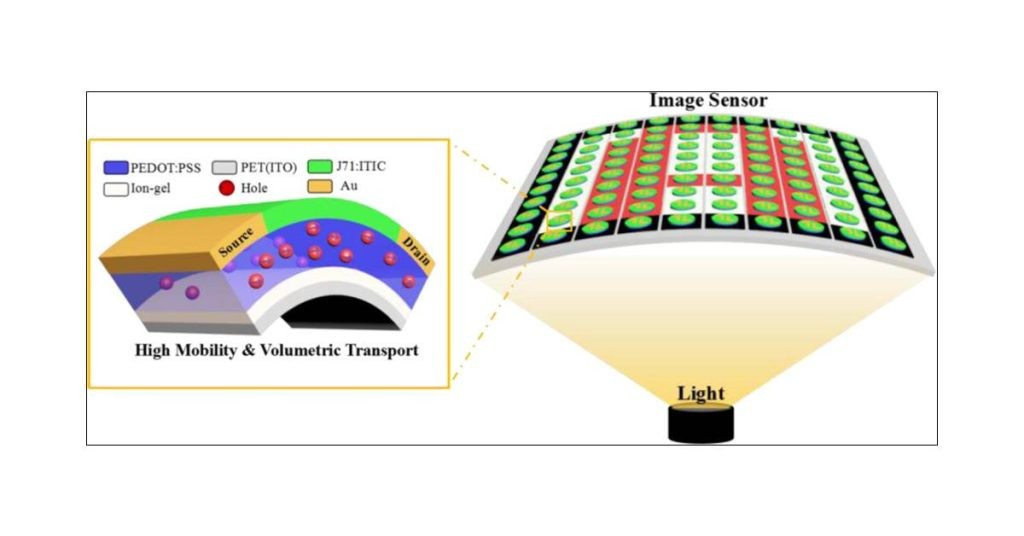
Comparative Analysis of Photodiode Arrays and Photodetector Arrays
1. Similarities
Fundamental Photoelectric Conversion:
Both photodiode arrays and photodetector arrays operate on the principle of the photoelectric effect. This fundamental process involves the interaction of photons with semiconductor materials, leading to the generation of electron-hole pairs. When light impinges upon the semiconductor, it imparts energy to electrons, enabling them to transition to higher energy levels, thereby creating electrical signals. This shared underlying mechanism ensures that both types of arrays are inherently capable of converting optical information into electrical signals, allowing for the detection and measurement of light.
Multi-Element Photoelectric Structure:
A core similarity lies in their composition: both array types consist of numerous individual photoelectric conversion elements. In photodiode arrays, these are primarily photodiodes, while in photodetector arrays, they can be photodiodes, CCD pixels, CMOS pixels, or a combination thereof. This multi-element structure allows for spatially resolved light detection. By arranging these elements in a specific pattern, typically a linear or two-dimensional array, both types enable the capture of light intensity variations across a defined area or line. This shared architecture is crucial for applications requiring the simultaneous measurement of light at multiple points.
2. Differences
To provide a clearer and more comprehensive understanding of the distinctions, let’s elaborate on the key differences presented in the table:
| Feature | Photodiode Array | Photodetector Array |
| Structural Complexity | Simple design. Photodiodes arranged. Minimal circuitry. External processing. | Complex system. Integrated circuits. On-chip processing. Real-time imaging. |
| Primary Function | Measures light intensity. Detects light changes. Output reflects light. | Captures and processes images. Provides spatial data. Advanced manipulation. |
| Element Composition | Uses photodiodes. High sensitivity. Basic conversion. | Uses CCDs, CMOS sensors. Advanced capabilities. Pixel-level processing. |
| Application Domains | Simple light measurement. Remote control systems. Basic detection. | Digital cameras. Medical imaging. Industrial inspection. Complex analysis. |
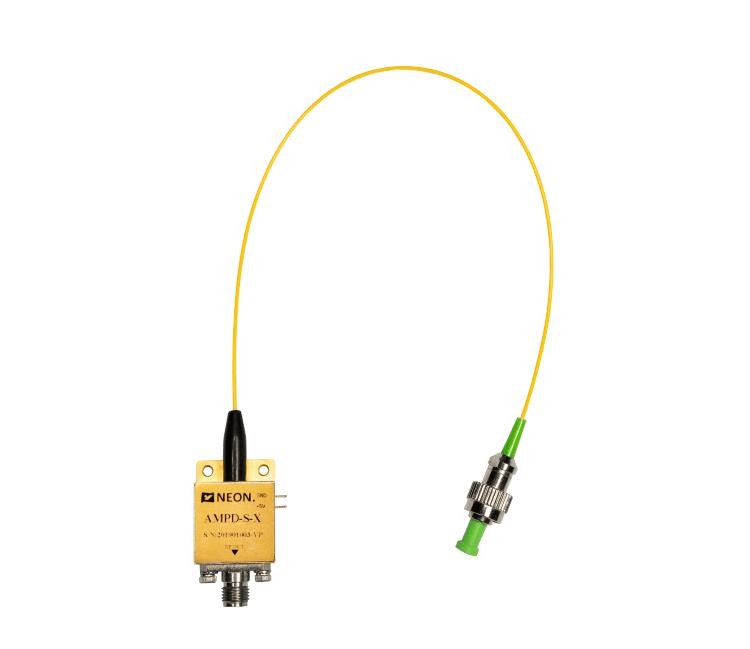
In Summary
Photodiode arrays and photodetector arrays are vital photoelectric detection devices, differing significantly in structure, functionality, and application domains. Photodiode arrays, with their simple structure, are primarily used for light intensity measurement, while photodetector arrays, with their complex structure, facilitate image acquisition and complex signal processing. Photodiode arrays form the foundation for photodetector arrays, which represent their advanced development. As photoelectric detection technology advances, both arrays will continue to play crucial roles across various fields.


